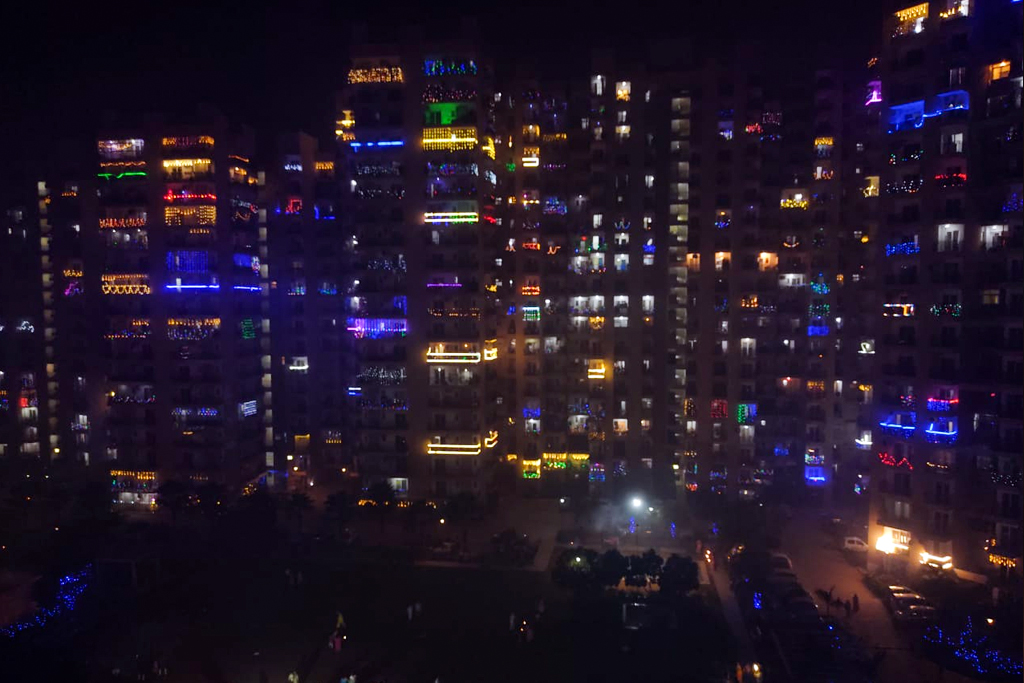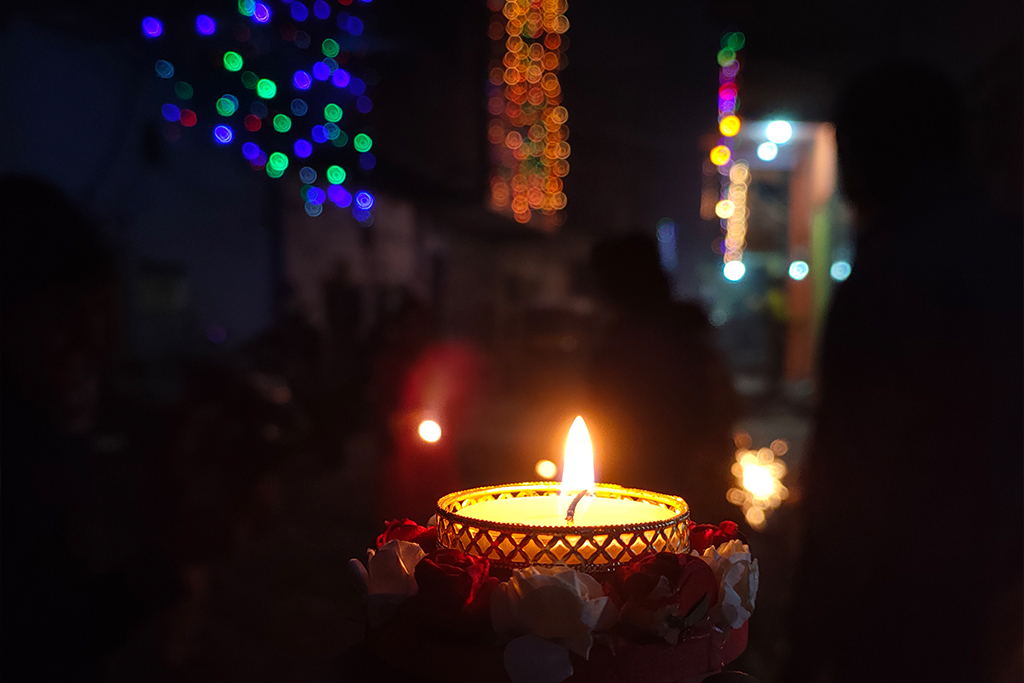Air pollution at record levels as firecracker ban on Diwali fails across north India
The biggest Indian festival of the year, Diwali, known in some places as Deepavali, is celebrated twenty days after Dussehra, and symbolises the spiritual victory of light over darkness and good over evil.
During the festival, devotees usually pray to beautiful murtis of Lakshmi, goddess of prosperity and Ganesh, god of wisdom and the remover of obstacles, and in some regions, to Kubera, the god of wealth. Indians, never a community to miss showing off their culture with vibrant colours and pomp, gather with family and friends and their finest clothes, feasting in delicious home-cooked meals and sharing mithai (sweets) and gifts. Beautiful, vibrant Rangolis, which are circular, floral patterns made with colourful powders or flowers, adorn the floors and entryways of houses and temples.
Another popular way to celebrate is by lighting diyas (decorative clay lamps) and illuminating the entire house with string lights, which can be seen on the glimmering skyscrapers and glowing balconies in the lit up cities across India. One of the most exciting events of the festival has always been exuberant fireworks shows, and most have grown up hearing the exciting noises and seeing the colourful sparks of firecrackers like Phuljhari (sparklers) Chakri (ground spinner) and loud magic bombs.
The intensity of this tradition has been subdued for the last few years, with the Centre’s increasingly strict ban on sale and limiting bursting of firecrackers in Delhi. Despite police teams deployed across the city however, one day after Diwali, the ban seems not to have had much of an effect as cracker bursting reportedly peaked after 9 pm and the Central Pollution Control Board recorded AQI levels above 450 at almost all monitoring stations across the national capital region, and a thick sheet of toxic smog settling atop the city skyline since early morning. The neighbouring cities of Faridabad Ghaziabad, Gurugram and Noida also recorded “severe” air quality.
Next on the calendar is Chhath Puja, native especially to Biharis and Nepalese people, and dedicated to Surya, the solar deity. Just like Kali Puja’s festivities in Kolkata, air pollution is once again expected to increase after the merriments as bursting firecrackers is a big part of this celebration as well.



































